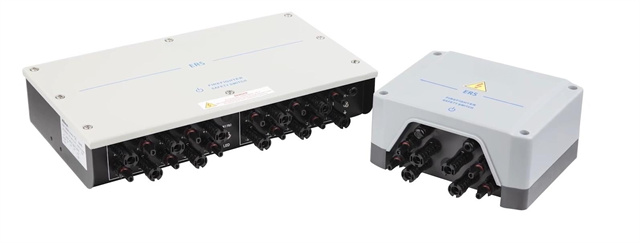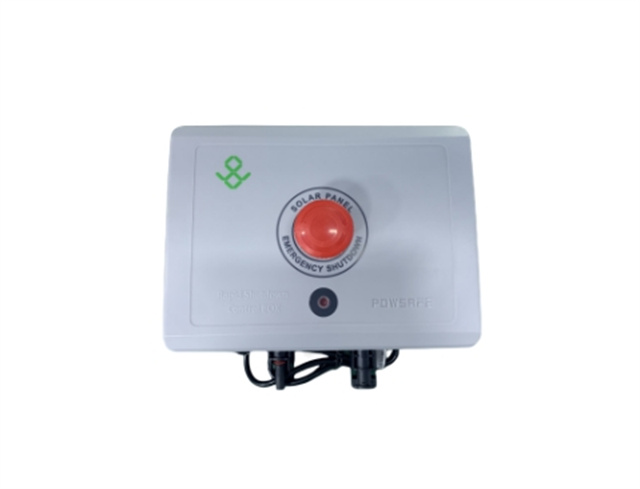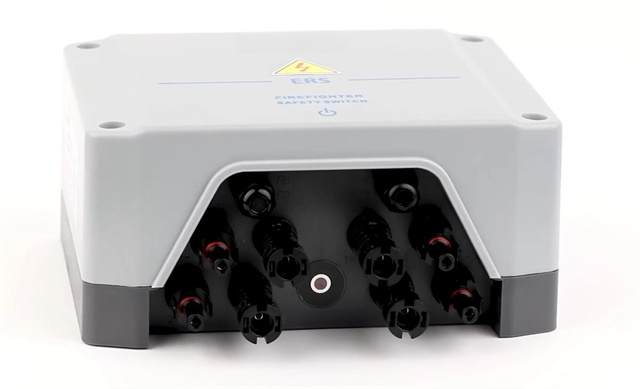Author:BLD Solar Energy SystemFROM:Solar System Converter Manufacturer TIME:2023-08-25
Introduction:
The rapid shutdown device is a crucial component in the photovoltaic (PV) industry as it ensures the safety of personnel and protects the system during emergencies. This device allows for the quick deactivation of power output from solar panels, reducing the risk of electrical shock, fire, and other hazards. Understanding the proper usage methods of the rapid shutdown device is essential for the effective and safe operation of PV systems.

The installation and positioning of the rapid shutdown device play a significant role in its functionality. First and foremost, it is vital to select a device that complies with the relevant industry standards and regulations. The device should be compatible with the PV system's specifications and capable of handling the maximum voltage and current levels.
Once the appropriate device is procured, it must be installed at a suitable location near the PV array. The device should be easily accessible by maintenance personnel but kept out of reach of unauthorized individuals. Mounting the rapid shutdown device in a weatherproof enclosure is also advisable to protect it from environmental factors such as rain, heat, and dust.
In addition to proper installation, the positioning of the rapid shutdown device is equally important. It should be strategically placed to minimize the length of conductors running between the device and the PV array. Shorter conductor lengths help reduce the risks associated with electrical arcs and electromagnetic interference.

The rapid shutdown device needs to be integrated seamlessly with various system components to ensure efficient operation. One critical aspect is the connection to the PV array and the inverter or power conditioning unit (PCU). The wiring must be properly sized, insulated, and securely fastened to prevent loose connections or short circuits. Conducting regular inspections and maintenance of these connections is essential to identify and rectify any potential issues.
Furthermore, it is necessary to integrate the rapid shutdown device with other safety mechanisms, such as disconnect switches and emergency stop buttons. These components should be interconnected and coordinated to ensure a rapid and complete shutdown of power in case of emergencies. Regular testing of these safety features is crucial to confirm their proper functioning.
Moreover, the rapid shutdown device should be connected to a monitoring system that allows for remote operation and real-time status monitoring. This integration enables swift response to any malfunction or emergency situation, enhancing the overall safety of the PV system.

Proper usage of the rapid shutdown device also entails training personnel on its operation and maintenance. All individuals involved in the installation, management, and maintenance of the PV system should receive comprehensive training on the functions and usage methods of the device. This training should cover emergency procedures, troubleshooting techniques, and best practices for ensuring the device's longevity.
Regular maintenance is crucial to ensure the optimal performance of the rapid shutdown device. Routine inspections should be conducted to check for any signs of wear and tear, corrosion, or loose connections. Any identified issues should be promptly addressed, and faulty components should be replaced without delay.
It is recommended to adhere to the manufacturer's guidelines regarding the frequency of maintenance checks and the replacement of components. Keeping detailed records of maintenance activities and any modifications or repairs conducted on the rapid shutdown device will assist in maintaining an accurate history and aid in future troubleshooting.
Conclusion:
The proper usage of rapid shutdown devices is essential in the photovoltaic industry to enhance the safety and efficiency of PV systems. Installing and positioning the device correctly, integrating it with other system components, and providing adequate training and maintenance are vital steps in ensuring its optimal performance. By following these guidelines, personnel can effectively manage emergencies and minimize risks associated with solar panel installations.
